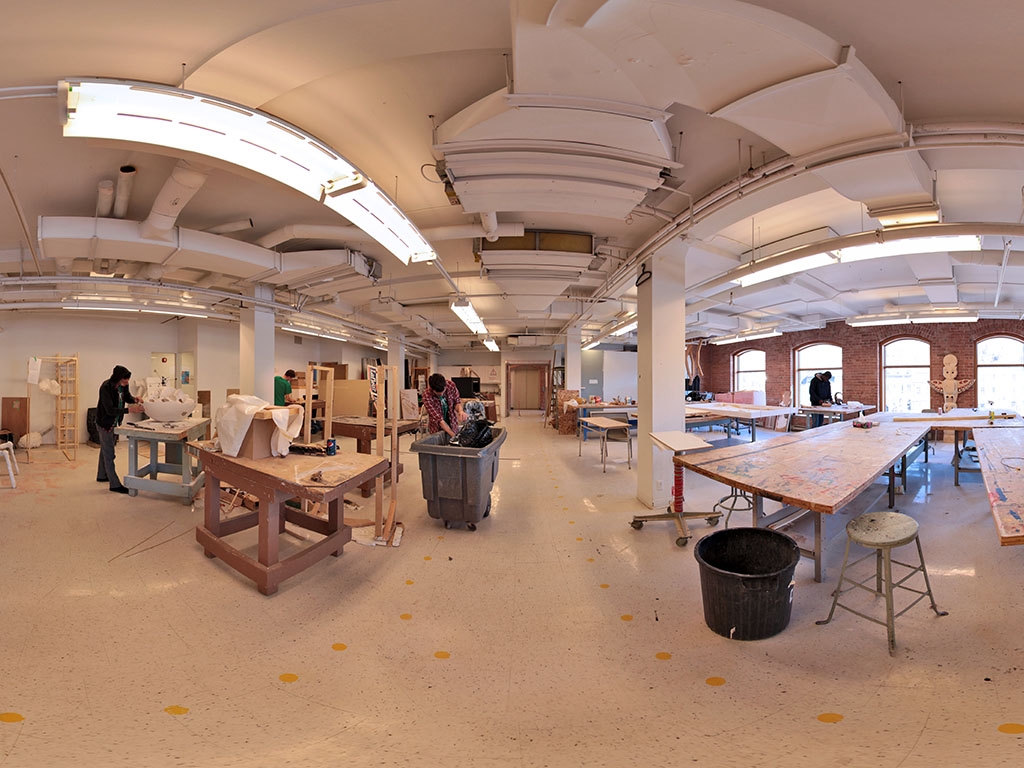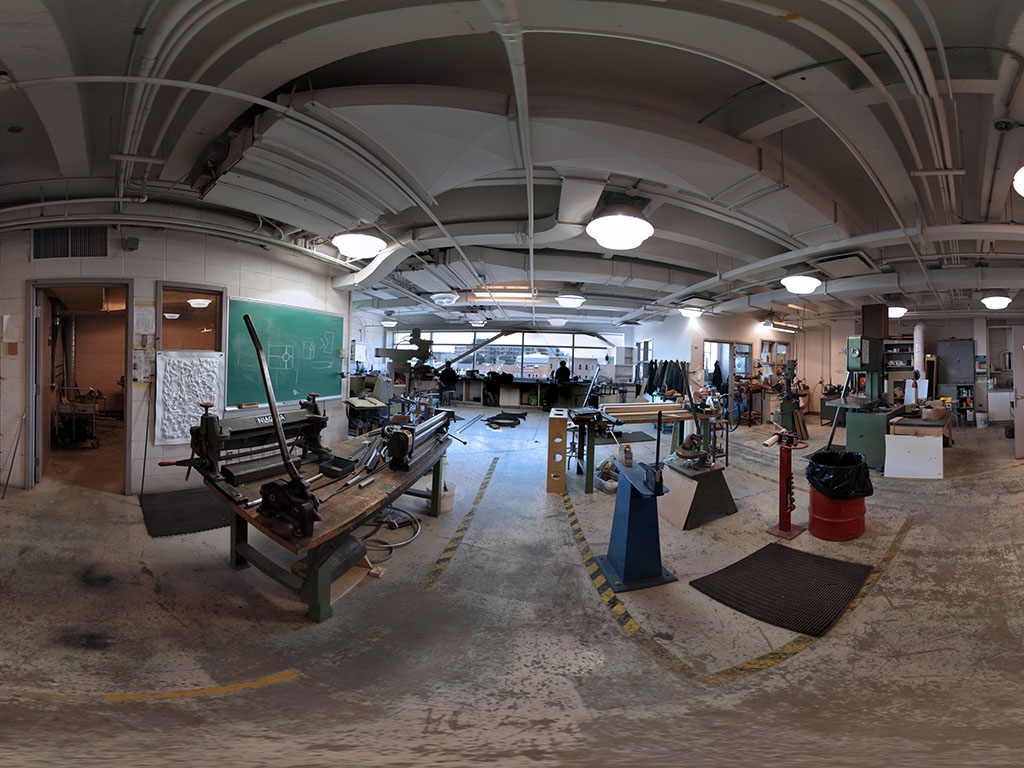The Art of Reinvention
This huge building was home to Dominion Corset for many years. Founded in 1886, the home-grown business produced and exported ladies’ lingerie for nearly a century. It was considered one of the continent’s most aesthetic factories because of its exquisite architecture. The city has spared no efforts to bring the building back to life.
Dominion Corset, a Québec-owned company
Georges-Élie Amyot founded Dominion Corset in 1886. Born in the Québec region, this thirty-something entrepreneur had already had a number of projects in Québec and the United States. For this one he paired up with Léon Dyonnet, whose wife owned a corset shop.
The little corset factory had an auspicious start. In 1888 it employed around 60 workers. Six years later, the staff had tripled. Amyot opened outlets in Montréal and Toronto. Dominion Corset grew by leaps and bounds.
The continent’s loveliest factory
The factory had outgrown its location, so in 1897 Amyot bought an old shoe factory, which he enlarged ten years later.
After a fire damaged the building in 1911, Amyot commissioned Georges-Émile Tanguay to partly remodel it, but he specified that the Victorian style and brick siding be preserved. The famous architect put in a flat-roofed fourth storey where the gabled roof had been and embellished the main façade. He also added first-storey semicircular window arches with decorative motifs in brick and a square clock tower to match the 15-metre water tower mid-building. The result earned the owner and the architect lavish praise.
Dominion Corset workers
It was mostly women who worked at Dominion Corset but only men were hired as designers and ad executives and for management positions. As late as the end of the 1950s, only single women were considered for jobs, and those who got married while in the company’s employ were shown the door.
The hundreds of female labourers worked for a pittance and under difficult conditions—heat, dust, noisy machines, and insufficient lighting. To encourage productivity, some were paid piecemeal.
A family business international in scope
The success of Dominion Corset did not die with the founder’s demise in 1930. Under his son’s leadership, the company expanded its distribution network to Europe, the United States, and Latin America. In the early 1950s, the business introduced assembly lines, which were more profitable for the company but made the workers’ jobs more monotonous. The Amyots remained at the helm until 1973, when the business was bought by Canadelle WonderBra, which moved operations to the suburbs in 1988.
La Fabrique
This impressive building in the middle of the declining Saint-Roch district stood empty for many years. Ville de Québec decided to make it a paradigm of repurposing that would contribute to revitalizing the area.
The new building, renamed La Fabrique, was restored in the 1990s for use as municipal office space and Université Laval’s School of Visual Arts. The inner courtyard was covered over with a metal structure that recalls the site’s industrial vocation. A permanent exhibition chronicling the company’s history includes firsthand accounts by women who worked there. The architectural quality of this early-20th-century factory was preserved along with the original brickwork.
By demonstrating that Saint-Roch could be revitalized by tapping into the potential of its industrial past, the City’s wager paid off.
Related medias
Virtual tours

This beautiful creative space features old brick walls and picture windows providing a view of Saint-Roch.

This is one of the main workshops where students at La Fabrique hone their art skills. The machines are reminiscent of those that used to regulate the lives of the plant’s workers.
Old pictures